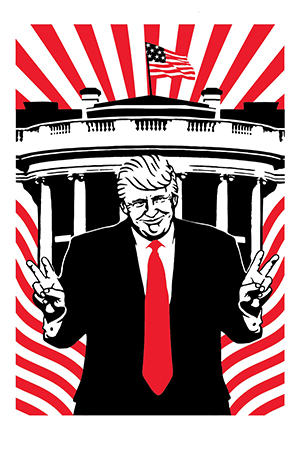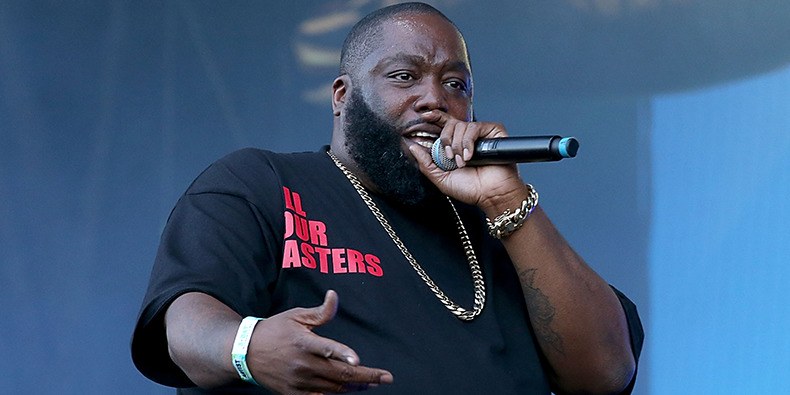The fourth installment of a ten part series which considers the warnings of climate scientists in the context of historical revolutionary scientific theories that met strong resistance from guardians of the status quo…

by: Arthur Hoyle
Read Part One Here! Read Part Two Here! Read Part Three Here!
Part Four — Aristotle and the Church — Natural Philosophy in the Middle Ages
As the Roman Empire gradually disintegrated in the centuries following the death of Christ, the Catholic Church became a stronghold of both temporal and spiritual power, and the custodian of the knowledge accumulated by pagan philosophers, especially Aristotle. In its early years, Christianity was one of several mystery religions, so called because their adherents practiced them in secrecy from fear of persecution. Then in AD 392 the Emperor Theodosius made Christianity the state religion and banned pagan worship as treasonous. The oracles were silenced and the pagan gods vanished.
But the early church fathers, Saint Augustine among them, sought an accommodation between the teachings of Holy Scripture and the knowledge contained in the teachings of the pagan philosophers. This accommodation became known as the handmaiden tradition. Aristotle’s natural philosophy was viewed as illuminating and buttressing the church’s theology. It explicated how God’s divine purpose and will were made manifest in the workings of the natural world. Aristotle’s cosmology was especially important for this accommodation because its geocentric model of the universe corroborated the Bible’s account of creation in Genesis.
Aristotle’s teachings spread widely throughout Europe and the Arab world. His treatises were translated into Latin and Arabic by scholars who also wrote commentaries on them. These scholars made no attempt to move beyond Aristotle’s formulations. Rather, in their commentaries they elaborated on the ways that Aristotle’s natural philosophy reinforced scripture, or they disputed its accuracy when it contradicted scripture. One commentator, the Neo-Platonist John Philoponus (AD 490-570), rejected Aristotle’s thesis that the celestial region had always existed, and argued instead that God had created the world from nothing. The universe had a beginning and would come to an end. Theologians cherry-picked those aspects of Aristotle’s natural philosophy that conformed to the teachings of the church and rejected those aspects that were incompatible with doctrine.
During the late Middle Ages, as European cities became established and enriched by trade and commerce, the Church founded universities where theology, medicine, law, and the arts (which included natural philosophy) were taught. In 1167 Oxford University was founded, followed by the University of Paris in 1170, Cambridge University in 1231, and the University of Rome in 1244. The theology faculty held sway, and the arts, including natural philosophy, were taught as a preparation for the study of theology. Theology dictated how people thought about the world and their place in it.
Aristotelianism was the basis of the arts curriculum in these centers of learning for over four centuries. Off-limits to the faculty teaching Aristotle was any discussion of issues such as the Trinity, incarnation, and transubstantiation, which were considered to be the exclusive domain of theologians. In 1277 the Church condemned as heretical 217 propositions from Aristotle’s natural philosophy because they implied or suggested a limit on God’s power, considered by the Church to be absolute. Any doctrine that limited the power of God would also, by implication, limit the power of the Church to tell people how to think. In the Middle Ages, following the handmaiden tradition, theology trumped natural philosophy. Thomas Aquinas (1225-1274) argued that theology is a science derived from God and therefore superior over all other speculative and practical sciences that rely on human reason.
But in the sixteenth century a Polish astronomer and mathematician named Nicolaus Copernicus, seeking a way to predict more accurately the dates of Easter on the Christian calendar, formulated a theory that would upset the tenuous accommodation between natural philosophy and theology.
To Be Continued…
Arthur Hoyle is the author of The Unknown Henry Miller: A Seeker in Big Sur, published in March 2014 by Skyhorse/Arcade. He has also published essays in the Huffington Post and the zine Empty Mirror. His second non-fiction book, Mavericks, Mystics, and Misfits: Americans Against the Grain, will be published later this year through Sunbury Press.






Thanks for this essay. Very provocative. One can argue that in general the adage that the definition of a conservative is a person who agrees with a dead liberal is correct – as long as we agree is that a liberal is one who tends to agree with facts newly discovered by the scientific method. It goes on and on: Copernicus and Galileo vs Christian orthodoxy shows up centuries later as climate scientists establishing the fact of global warming caused by the burning of fossil fuels vs the republican party. It is safe to predict that the offspring of our current disbelievers will agree with our current climate scientists.- that is if they are not too preoccupied by trying to survive to have an opinion on anything.
A generalized sweeping, review of any long historical period tends to convince that conservatives of that period are usually proved to have been wrong. Perhaps that’s what conservatives are for.